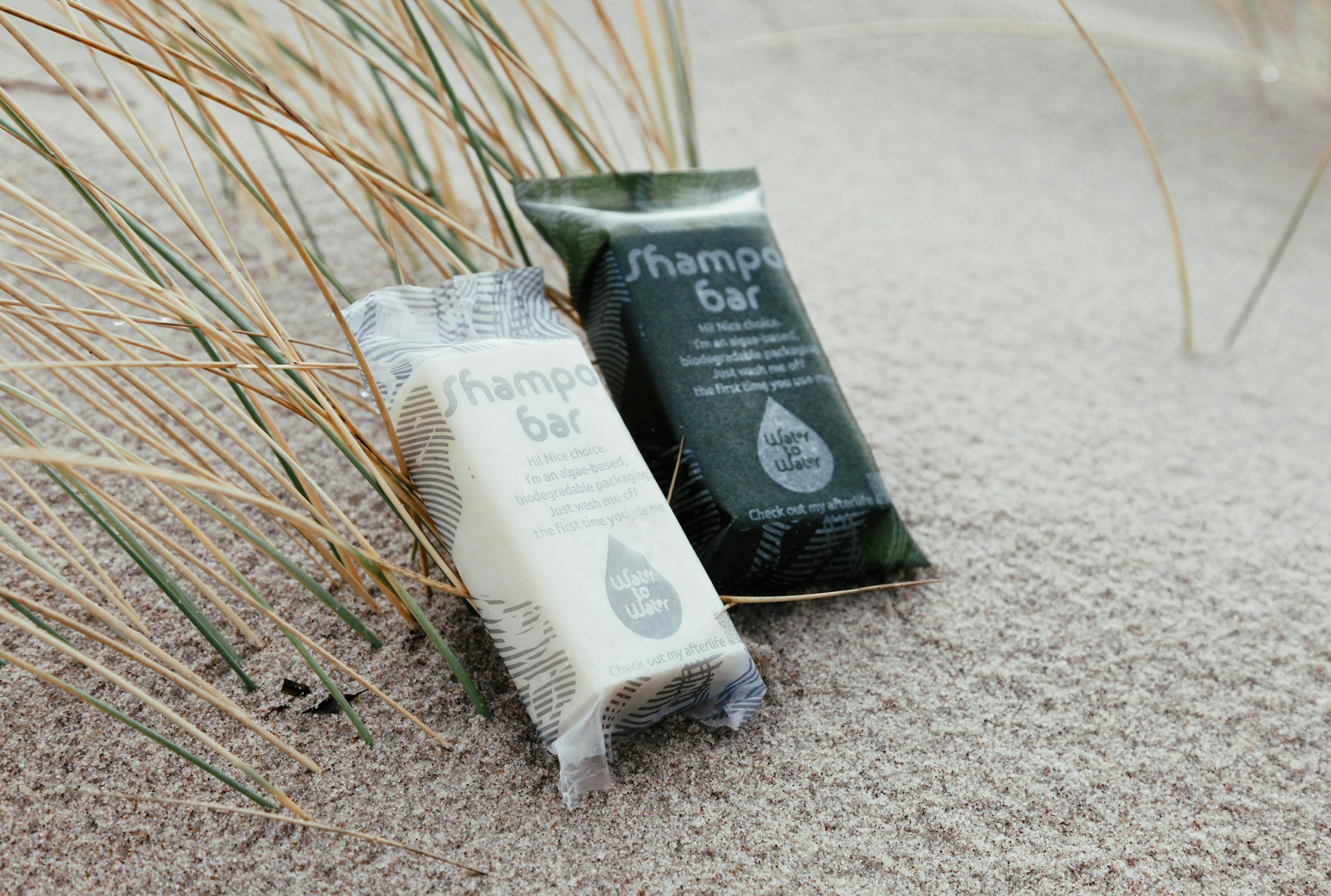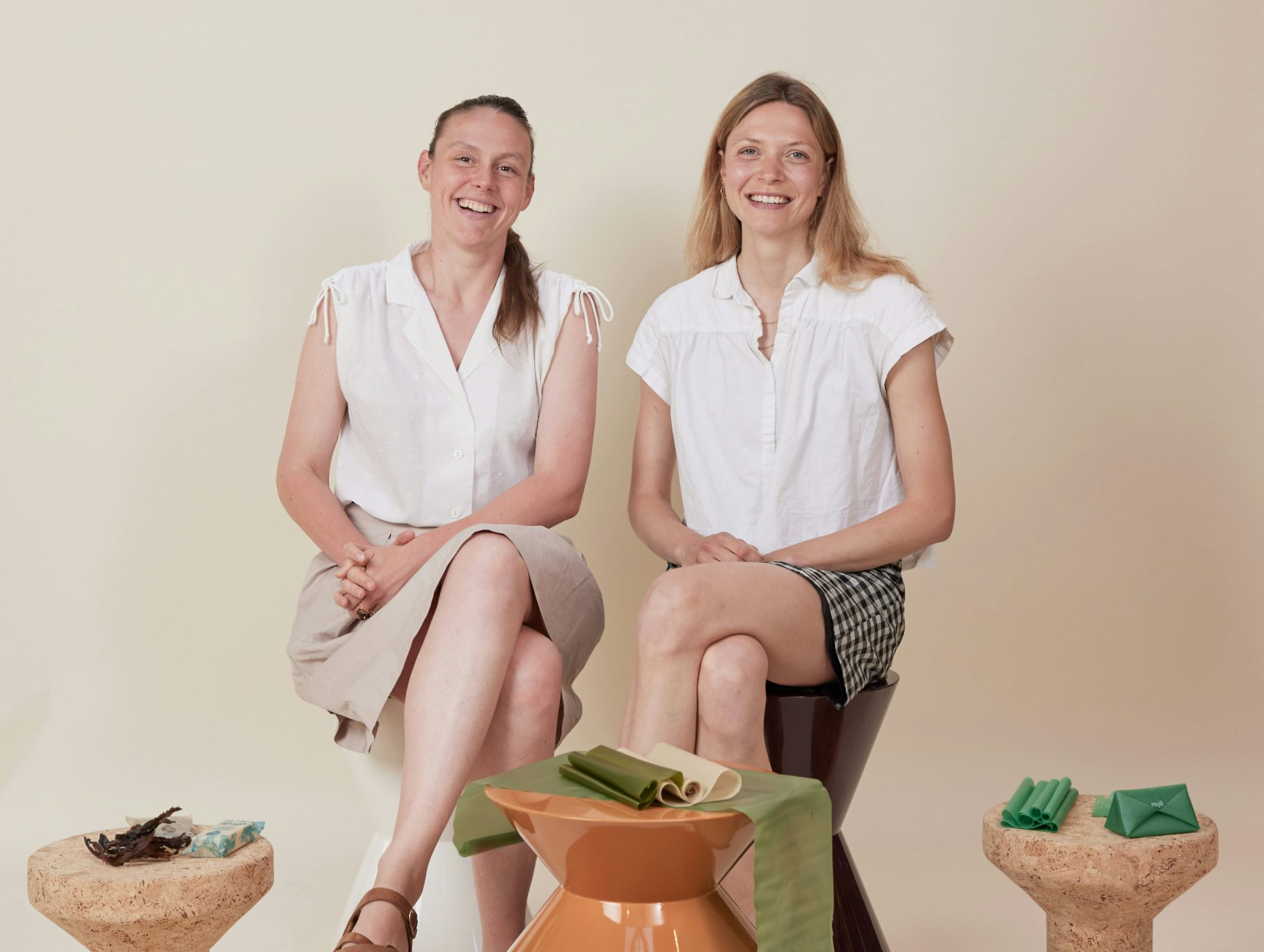
Il potere
del piccolo
Il nostro meccanismo brevettato, progettato dal cofondatore di Secrid e ispirato da suo padre.
È di pranzo. Il cofondatore René oggi non è in sede con il suo team, ma in salotto con i genitori Gerrie (81 anni) e Joop van Geer (91 anni). Su Teams, parliamo del rapporto tra padre e figlio, di come il senior abbia ispirato il junior, e del design della molla nel portafoglio.
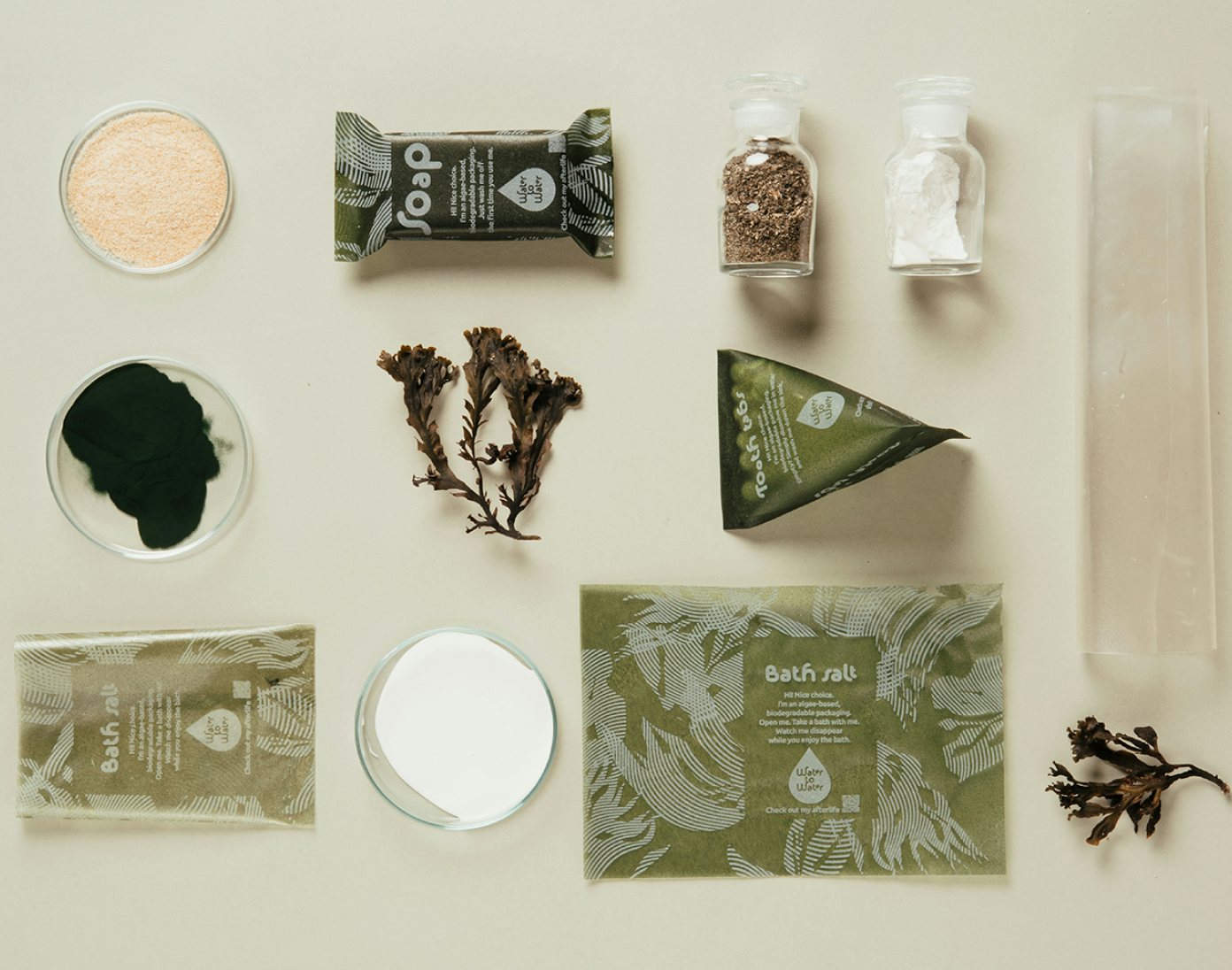

Photography: Anouk Moerman & Mujō
This makes it an exciting resource for the packaging industry, which is currently one of the largest drivers of plastic pollution. Single-use containers and bags make up a large part of the problem: around the world, we buy a million plastic bottles a minute and recycle less than 10% of what we throw away. This means the vast majority ends up in landfill, or leaking into nature, where it can take up to 1,000 years to decompose.
By bringing together design and science, mujō has found a way to deliver a beautiful, functional alternative to plastic that is as harmless to the environment as a fruit peel. To learn more about their story, we talked to mujō’s co-founders Juni Neyenhuys and Annekathrin Grüneberg. Here, we ask them 7 questions about the industry they’re trying to change, their choices and dilemmas as creative entrepreneurs and where they’re headed to next.
Tell us the story behind mujō! How did the idea first come about?
Juni: So, Anne and I actually met in 2018, during a university project. Anne was studying polymer physics at the technical university in Berlin and I was studying textile design together with our former co-founder Malu. At first, we were working on making a new type of yarn out of seaweed. And then in 2020, we realised there was a huge potential for these kinds of materials in the packaging market, which has a big problem with plastic pollution. That's why we said, okay, let's use this ability of seaweed—a material which can biodegrade really quickly—for the use case of packaging. This is how everything started.
Can you tell us a little bit about the industry you’re trying to change?
Anne: When it comes to packaging, the dominant materials on the market are glass, paper, plastic, metal. From these, the one that is causing the most severe pollution is plastic, because it does not biodegrade in nature. The other materials are less problematic, because they can erode with time. And even when they turn into smaller pieces they don't cause as much harm to the environment as plastic.
Unfortunately plastic has all these great properties: it’s super flexible, durable, you can form it in any way you want, and it’s cheaper than many other materials we have. Right now, we’re dealing with a kind of addiction to plastic, simply because it's so comfortable to use and it’s so hard to develop alternatives that perform in the same way.
Juni: To give you an idea of the numbers: the world currently produces 133 million tonnes of new plastic packaging every year. What’s also shocking is that studies have found that we as humans eat five grams of microplastic every week—the same amount as what’s in a credit card. So it's really everywhere.
This is also why recycling is not a great solution, because this technological cycle still exists in a biosphere. The problem with plastic is that it isn't food for any organism. And often, when things get recycled, the materials lose quality or are contaminated, so you can't use them again for food or cosmetic packaging. It also costs more to recycle than to buy virgin plastic.
How is mujō doing things differently in packaging?
Juni: Our bioplastic is made using polymers extracted from seaweed. Seaweed is a resource which can grow in salty waters all over the world. It naturally binds nutrients, it cleans the water, and it can even capture carbon dioxide from the atmosphere. But what makes it so interesting for material design is that it can be cultivated without the need for any additional water or agricultural land, unlike most bio-based materials.
At mujō we make materials using biopolymers extracted directly from seaweed. We don't modify it chemically, which means that it still is in a structure that nature knows how to process. This is an advantage because other bioplastics can only degrade in very specific, industrial settings.
Fare cose che sono destinate a tutti e non a pochi fortunati mi rende entusiasta.
Quanti Cardprotector avete?
Joop: Io ne ho due e Gerrie, mia moglie, ne ha tre. Ho anche messo dei contanti in uno. Funzionano perfettamente! Non sono stato in grado di fare alcun miglioramento (ride). Quella piccola molla nel Cardprotector funziona molto bene. È un design molto raffinato. Questo è tipico di René.
René: Sono sempre stato affascinato dalle cose 'piccole'. Le sognavo da bambino, ne avevo paura e ne ero attratto. La mia attenzione è sempre stata rivolta a queste piccole cose. La soluzione meccanica e il movimento, ho molta affinità con questo. Un prodotto che porti con te è un'estensione con cui compensi le mancanze del tuo corpo. Questo è anche ciò che mi piace dei nostri portafogli: sono oggetti personali che si portano con sé tutto il giorno. Fare cose che sono destinate a tutti e non a pochi fortunati mi rende entusiasta.
Quella piccola molla con cui il braccio del Cardprotector si apre e si chiude è una parte molto importante, pensi di poterla ancora migliorare dopo tutti questi anni?
René: Naturalmente, siamo sul mercato con questo prodotto da tredici anni. Conserviamo ed esaminiamo tutto ciò che ci viene restituito. In questo modo si può scoprire dov'è il tallone d'Achille. Ripariamo ciò che ci viene restituito o inviamo un nuovo Cardprotector. La molla è caricata dinamicamente ed è, di fatto, la parte più vulnerabile del portafoglio. Ogni piccolo spazio, ogni angolo arrotondato determina la durata della sua vita. L’abbiamo testata un milione di volte. A un certo punto, avevamo consumato più macchine di prova che molle!
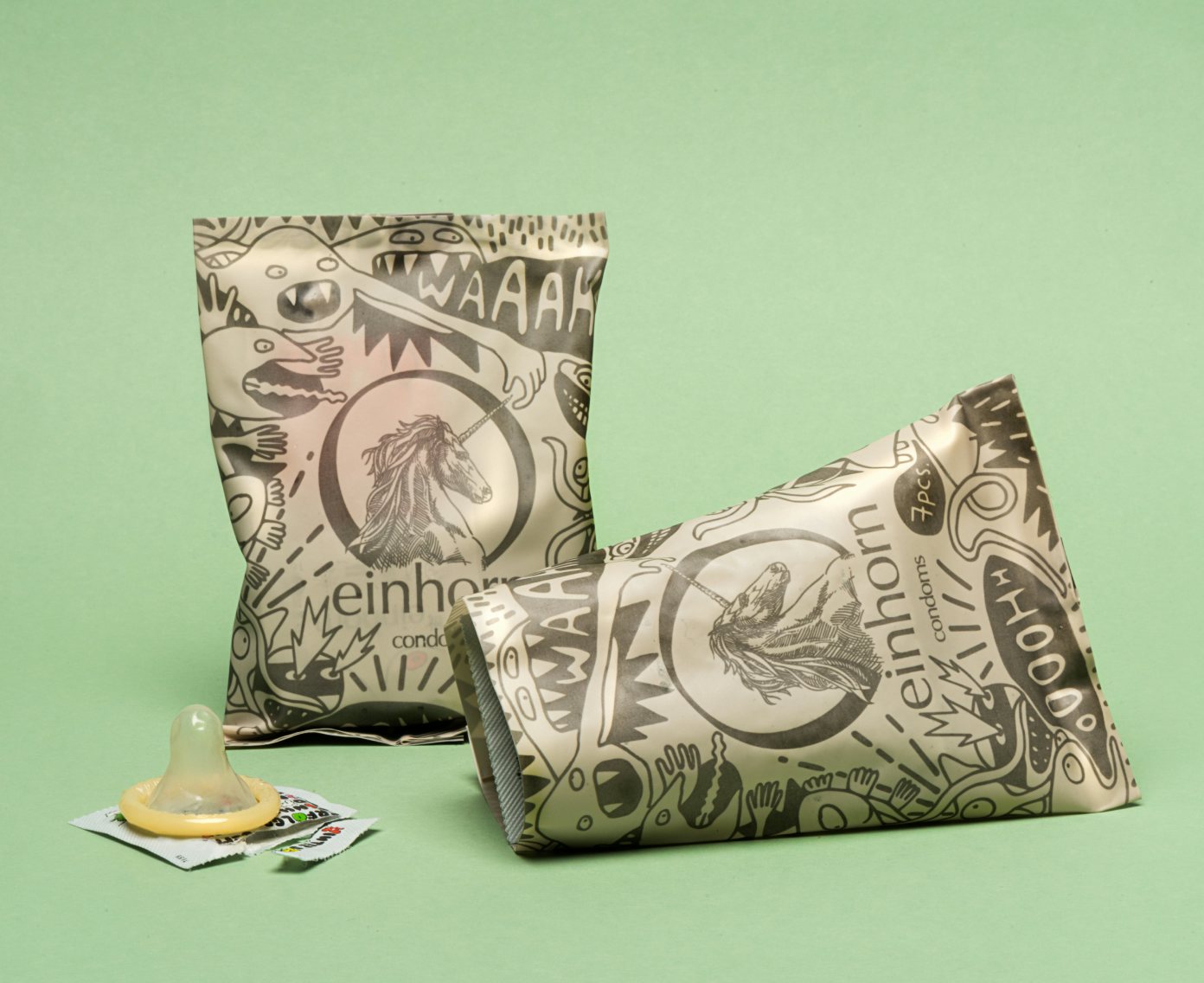
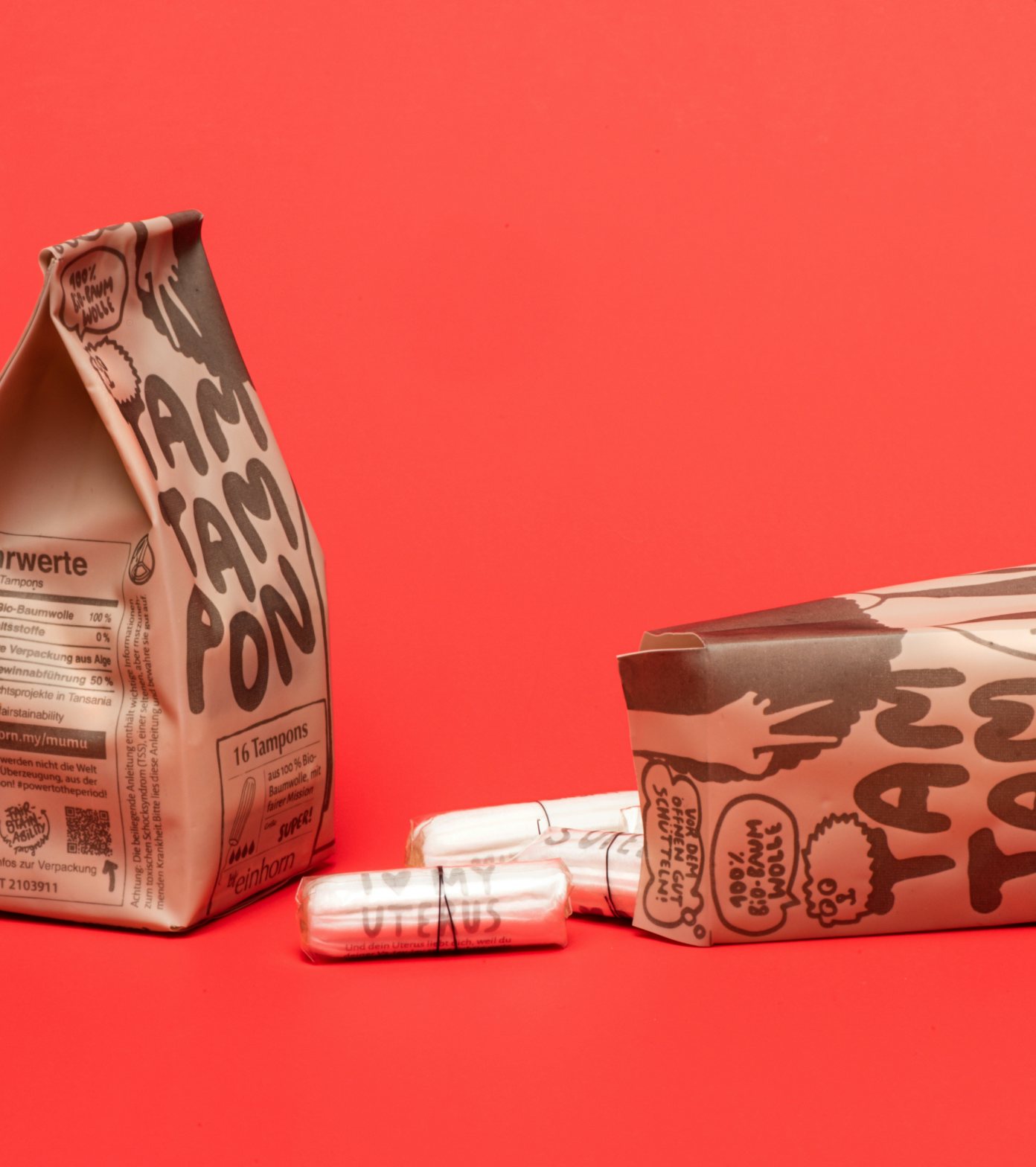
Pensi che lavorare i prodotti in questo modo sia la strada del futuro?
René: Deve esserlo...
Joop: Per il bene della sostenibilità, sì.
René: Si crea una durata di vita che è la più lunga possibile, ma viene regolata in base alla durata di utilizzo. Con la plastica, per esempio, il ciclo di vita è troppo lungo, la si può ancora trovare in natura dopo decenni. Ma la vita utile della plastica è molto breve. Quindi questi due aspetti devono essere allineati. E quando la vita utile è finita, noi di Secrid ci assicuriamo che il materiale ritorni nella catena. Abbiamo iniziato a produrre i portafogli dodici anni fa e continuano a funzionare magnificamente. La vita utile di un portafoglio è di un minimo di dieci anni, questo è quello che abbiamo sempre cercato di ottenere.
Joop: Ma c'è anche la questione della moda. Indossi la stessa cosa per dieci o vent'anni? O ti tieni al passo con la moda?
René:Spero in una vita utile più lunga, anche nell'abbigliamento, per esempio. Indumenti fatti di materiali naturali che durano a lungo, ma che che ti fanno anche stare bene. Ho un pullover, per esempio, che ha 40 anni e va ancora bene. Ma ci saranno sempre differenze in ogni gruppo di prodotti.
C'è qualcosa nella tua vita, oltre al portafoglio, che è durato a lungo e che ami molto? E da cui non ti puoi separare?
René: Ho esempi di scarpe, di un maglione, appunto, che ho usato a lungo e di una bicicletta che ho avuto per molto tempo, sì.Joop: Ho dei vecchi scarponi da trekking con cui ho camminato molto e ora si stanno un po' consumando. Ne ho già un nuovo paio, ma sto ancora usando quelli vecchi.
René: Puoi ancora ripararli!
Joop: Sono scarponi con cui ne ho passate tante, sono diventati parte di me.
René, vedo un'altra missione per te, portare tuo padre dal calzolaio!
Risate.
Storie brevi
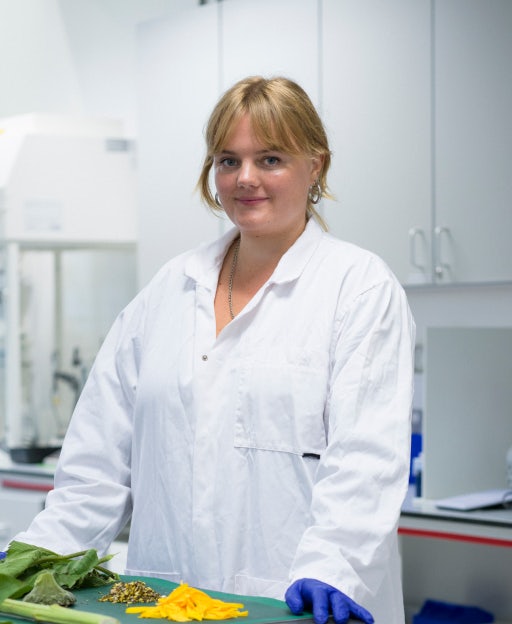
Secrid Talent Podium - ClimaFibre
Sunflowers can help to reduce our dependence and the environmental damage of cotton in the fashion industry.
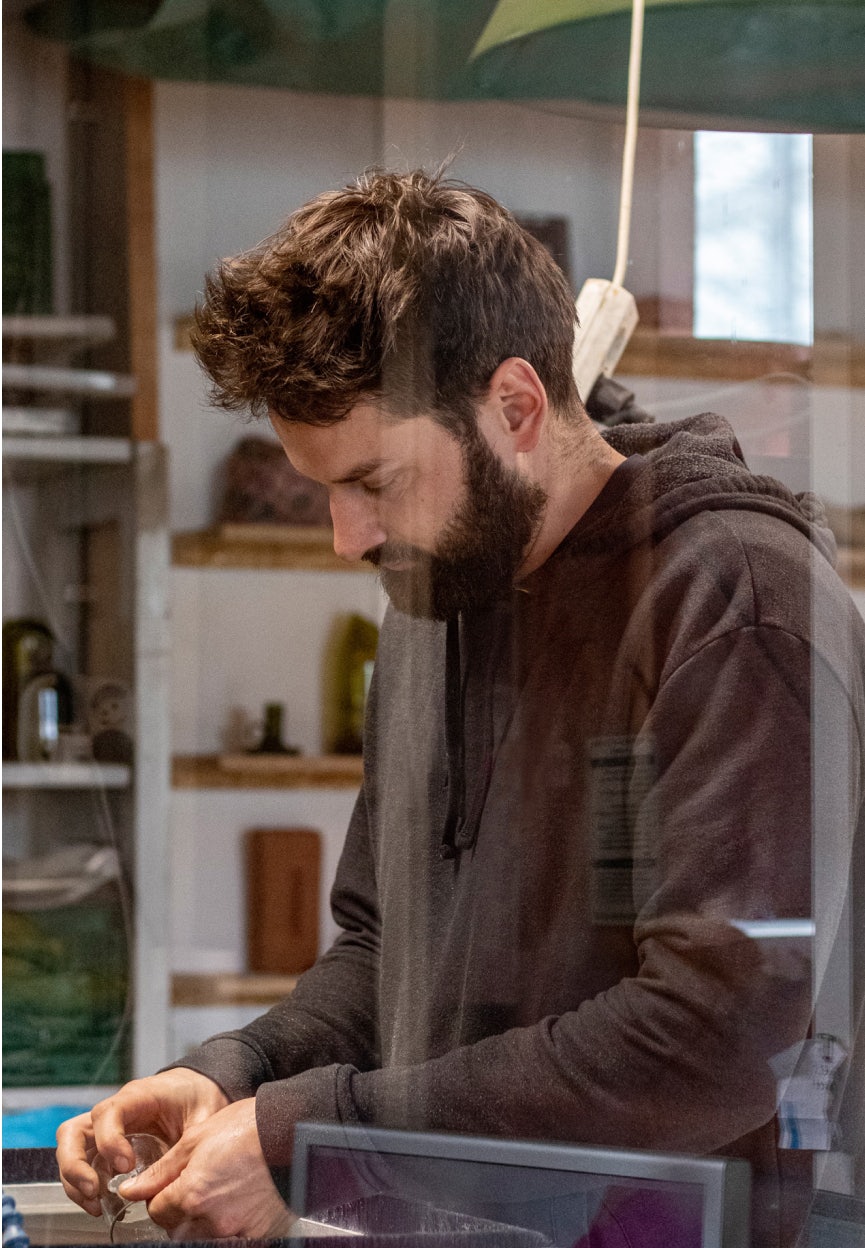
Secrid Talent Podium - Super Local
Luc van Hoeckel designs solutions for the 90% of the world's population without access to decent basic facilities.
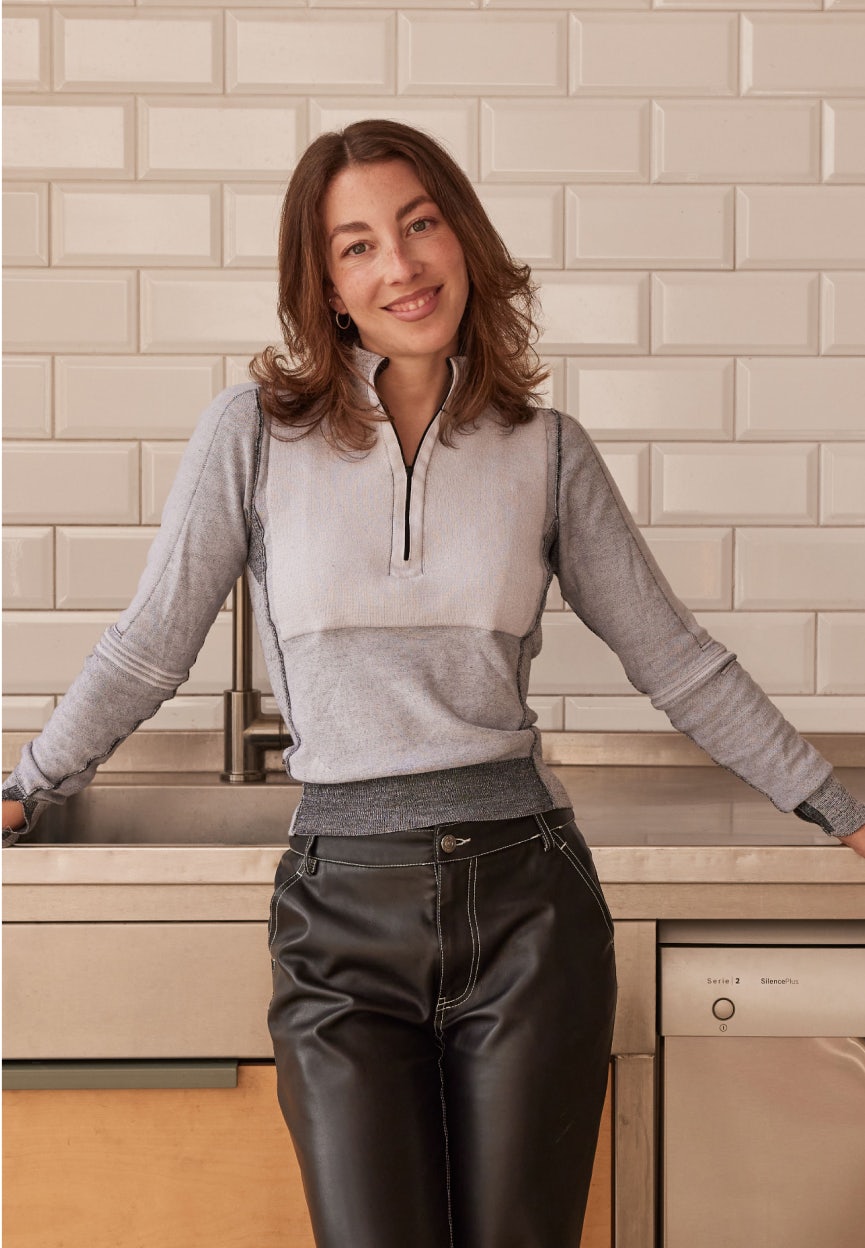
Secrid Talent Podium - Vorkoster
To combat food waste, Kimia Amir-Moazmi is working on a product that allows consumers to see for themselves whether food is still safe to eat.
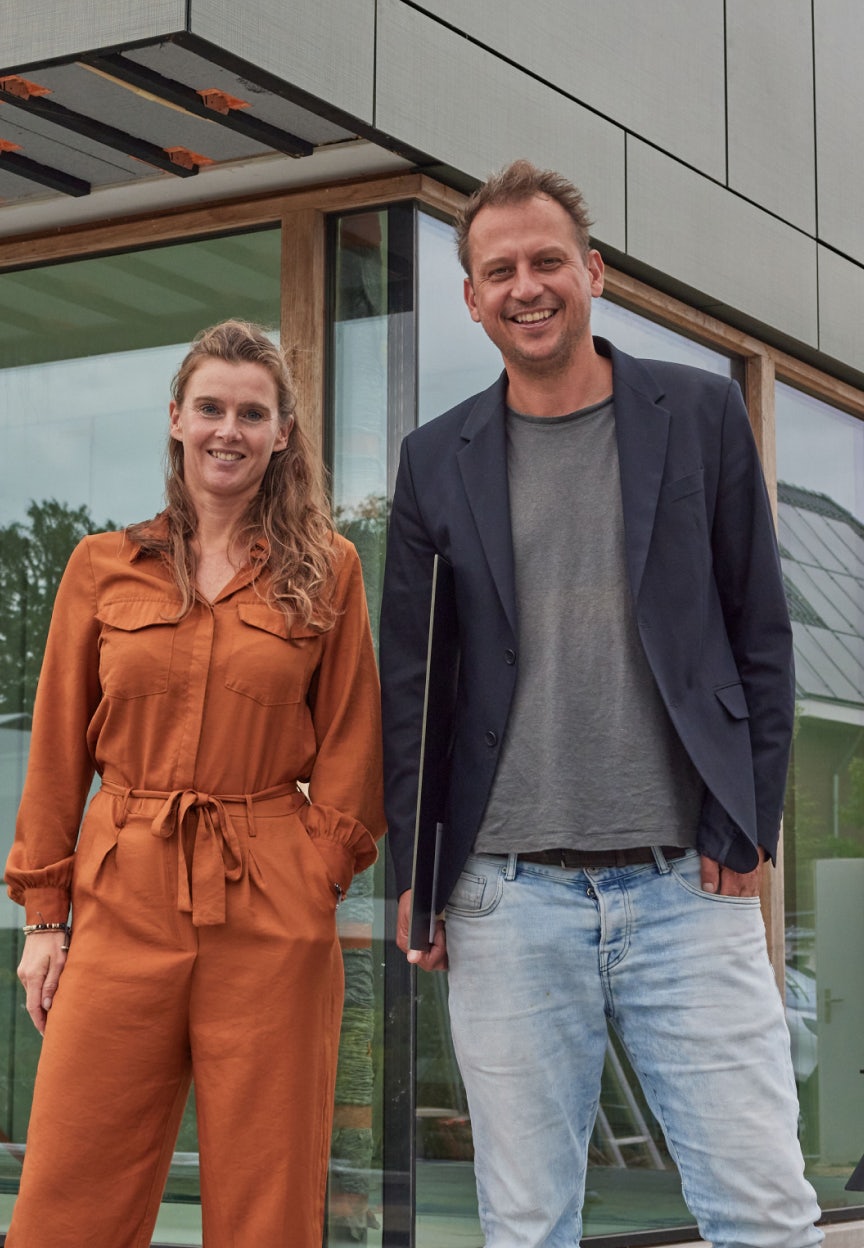
Secrid Talent Podium - Solarix
Solarix designs and produces aesthetic solar panels as façade cladding.
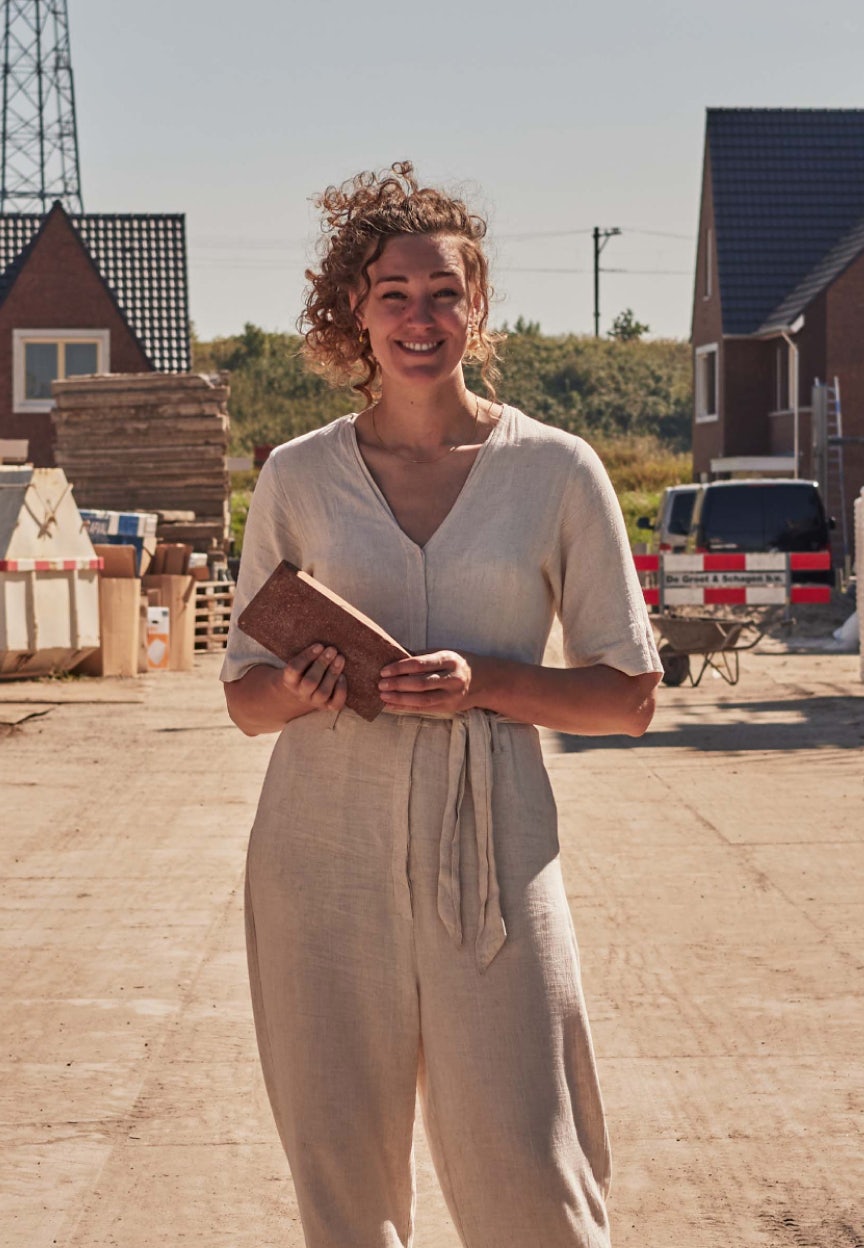
Secrid Talent Podium - Claybens
Emy Bensdorp is developing a technique to transform clay soil contaminated by PFAS into 100% clean bricks.
